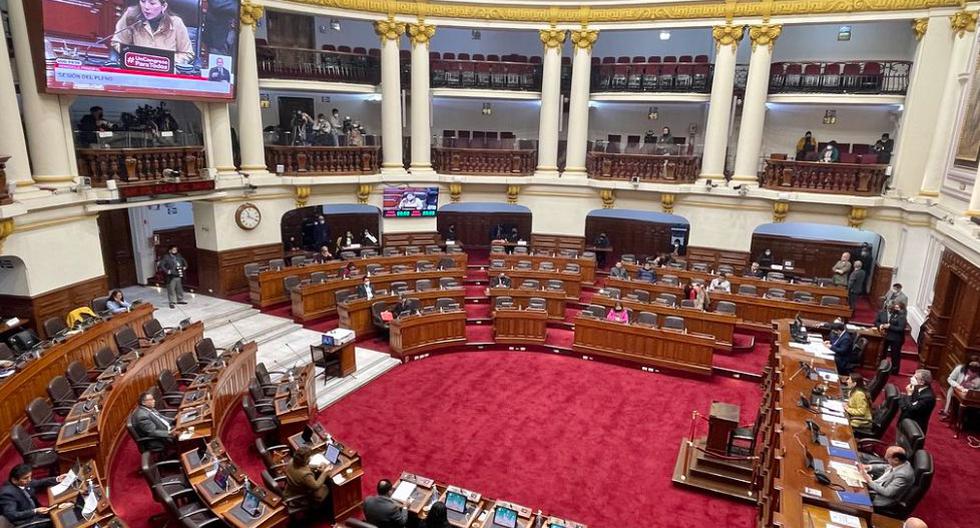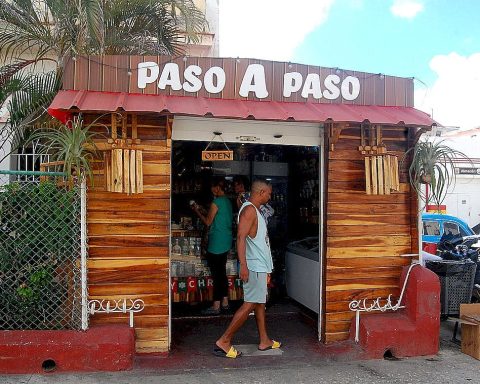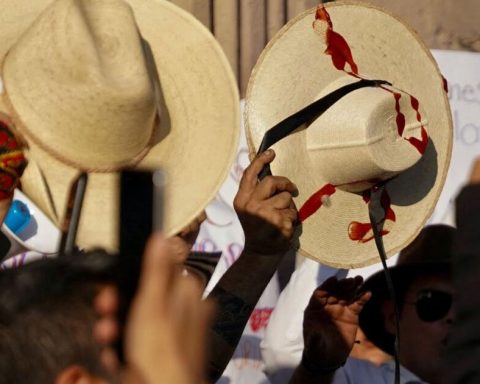At least 131 people were killed and more than 460 injured during the stampede at an Indonesian soccer stadium, while authorities are investigating police action, which fired gas canisters into the stands, fan violence and misconduct. the club managers.
The Indonesian government has opened a series of proceedings to investigate the facts and assured that it will enforce the law “against anyone found guilty”, although the days following the catastrophe have been marked by differences between the authorities regarding the figures and responsible for what happened.
This is what is known so far and the keys that still need answers.
WHAT HAPPENED?
The fatality occurred on Saturday night after thousands of fans of the local team, Arema, stormed the field of the Kanjuruhan stadium in the city of Malang, in the province of East Java, after a 2-3 loss to its rival from Persebaya Surabaya courtyard and clashed with the security forces.
Police responded with violence and fired tear gas canisters into the crowd, prompting spectators to flee en masse towards the gates of the sports venue, many of which were blocked.
The brutality and actions of the agents have unleashed a wave of criticism from witnesses, survivors and the international community, which has pressured the authorities to carry out an independent, prompt and transparent investigation into the events.
As of this Wednesday, at least 131 people have died as a result of the tragedy, including more than 30 children and two policemen, while 467 were injured, of which thirty have suffered moderate injuries and another 29 are in serious condition, according to the most recent figures released by the authorities.
AUTHORITIES INVESTIGATE USE OF GAS
The country’s president, Joko Widodo, announced on Sunday an extensive investigation into the events and at the moment about thirty people are under scrutiny.
The most important point to clarify refers to the use of tear gas by the Police, which is prohibited inside stadiums by FIFA regulations due to its potential danger.
In this context, the Indonesian National Police Commission (Kompolnas), linked to the Government and responsible for monitoring the police forces, indicated that, according to preliminary investigations, “there were no instructions” from the Malang Police Chief to disperse the crowd with “excessive measures”.
“That means that in the field there were (officers) who did not comply with the instructions,” explained Kompolnas commissioner Albertus Wahyurudhanto.
However, the authorities have not yet ruled on the reasons why the agents were carrying the gas canisters.
Another point that must be clarified is the alleged sale of some 4,000 tickets beyond the capacity allowed by the sports center.
THE GOVERNMENT LOOKS FOR THE GUILTY
While witnesses and survivors denounce police brutality, little by little the details of a sequence of errors that created the perfect storm for the fatal outcome, including management, planning, preparation and logistics, come to light.
So far, ten officers have been temporarily dismissed from their posts, including Malang Police Chief Ferli Hidayat, while another twenty policemen are being investigated.
Likewise, the Indonesian Football Association suspended for life a director and the security officer of Arema, in charge of logistics and security at the stadium, considering that they ignored essential information for the celebration of the match and failed to protect the local.
The Kompolnas pointed out that the club’s representatives were aware of the fierce rivalry between the two clubs and that the match “had potential for conflict and should be watched” thanks to a previous report from local intelligence.
So much so that the Persebaya Surabaya players arrived and marched in armored vehicles to the sports center and their fans were not allowed to go to the stadium.
Likewise, the authorities had requested that the appointment be moved to the afternoon and not at night, but “apparently” the request “was not answered positively” by the club’s representatives.
DATA DISCREPANCY AND CONFUSION IN FIGURES
The days following the tragedy were marked by confusion and discrepancy in the data released by the authorities, who reported 174 deaths but revised the figure down hours later.
The different entities in charge of the proceedings also differ on some details of the case, such as the fact that the doors would be closed at the time of the stampede, which could have influenced the escalation of panic and increased fatalities.

















